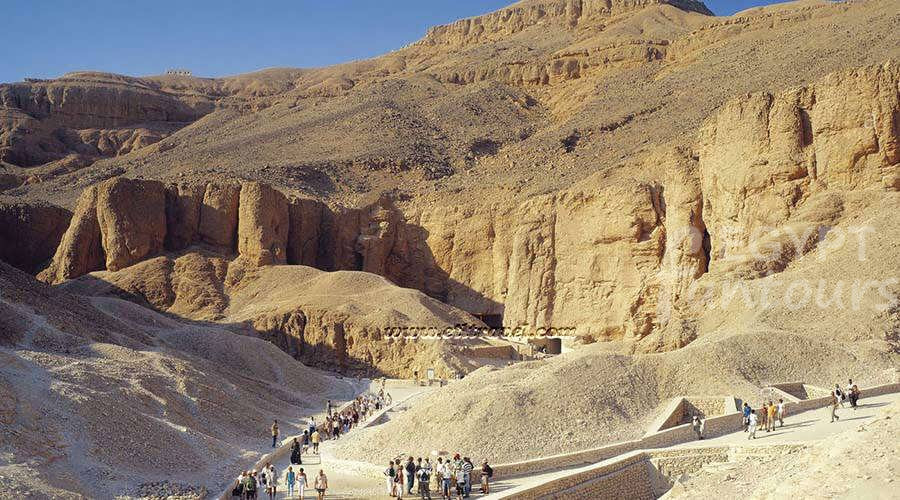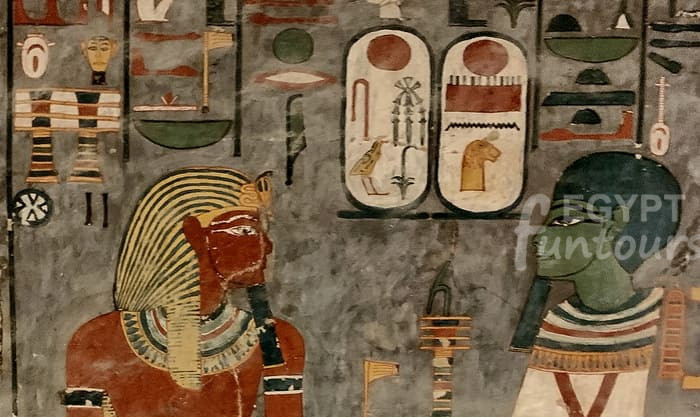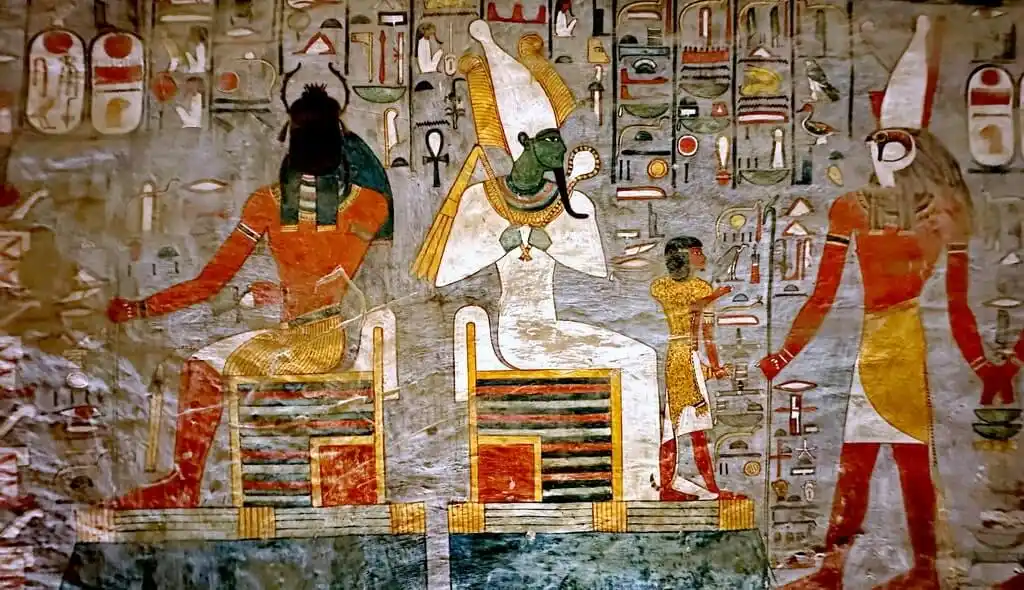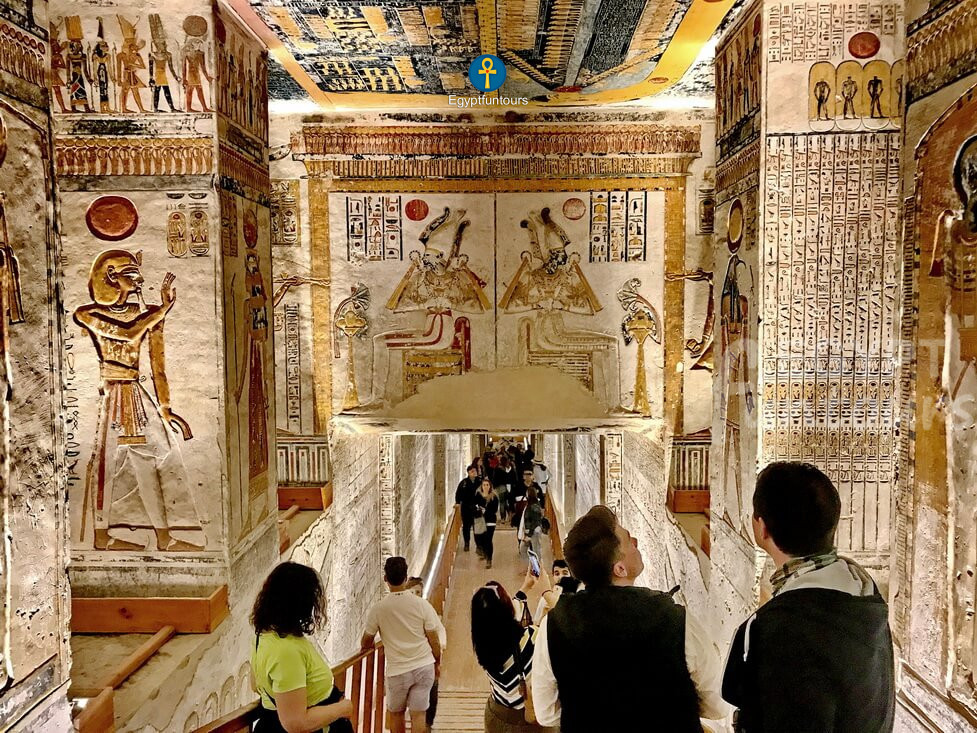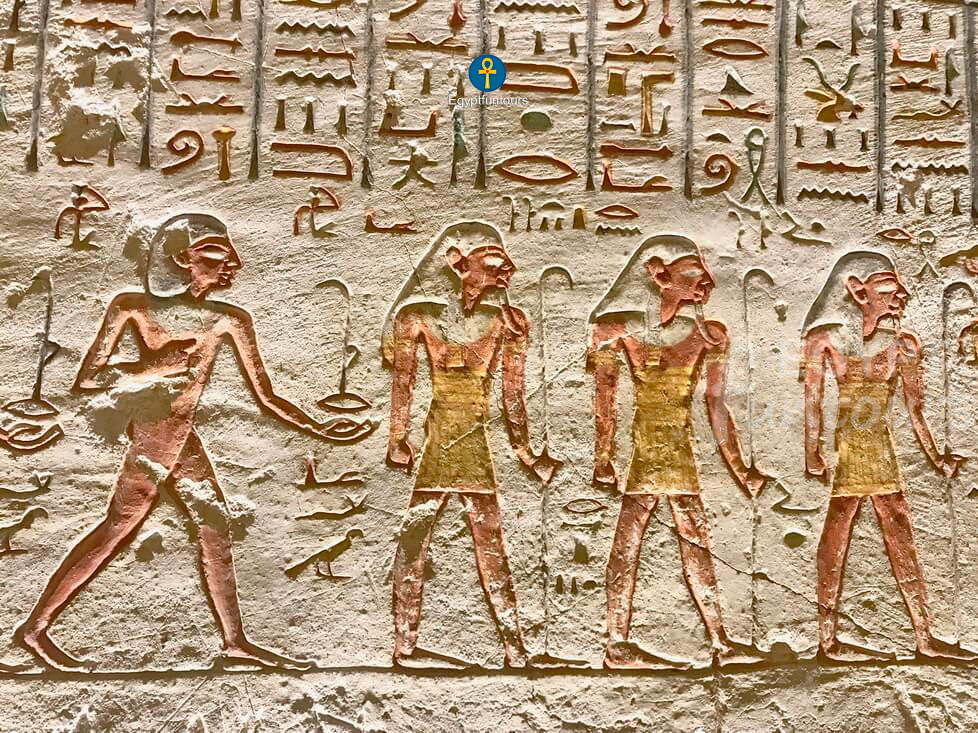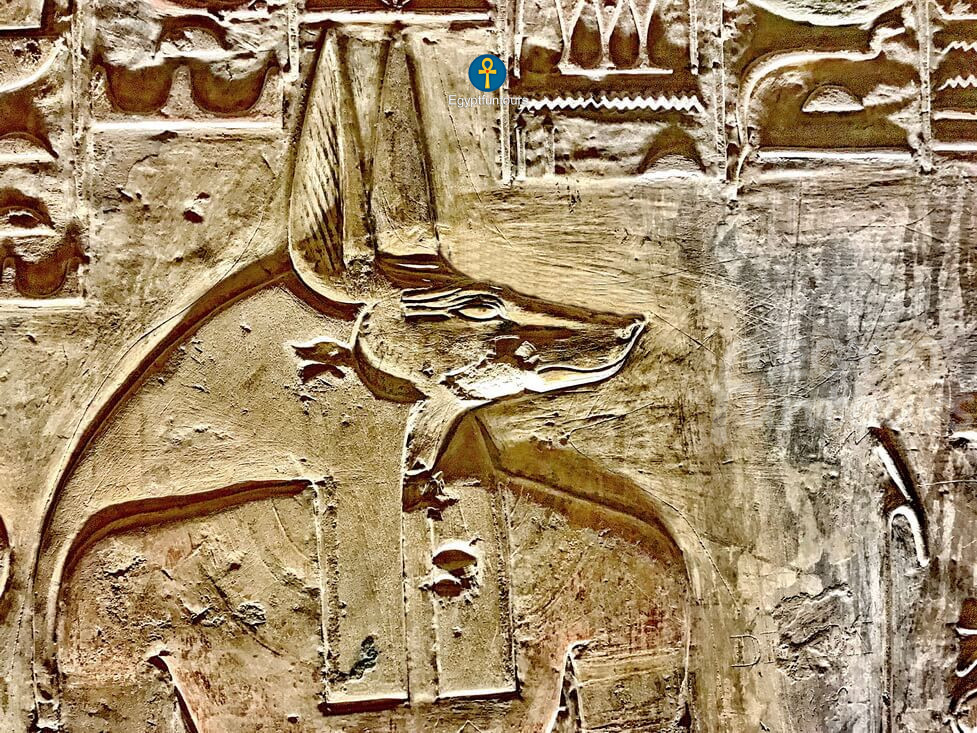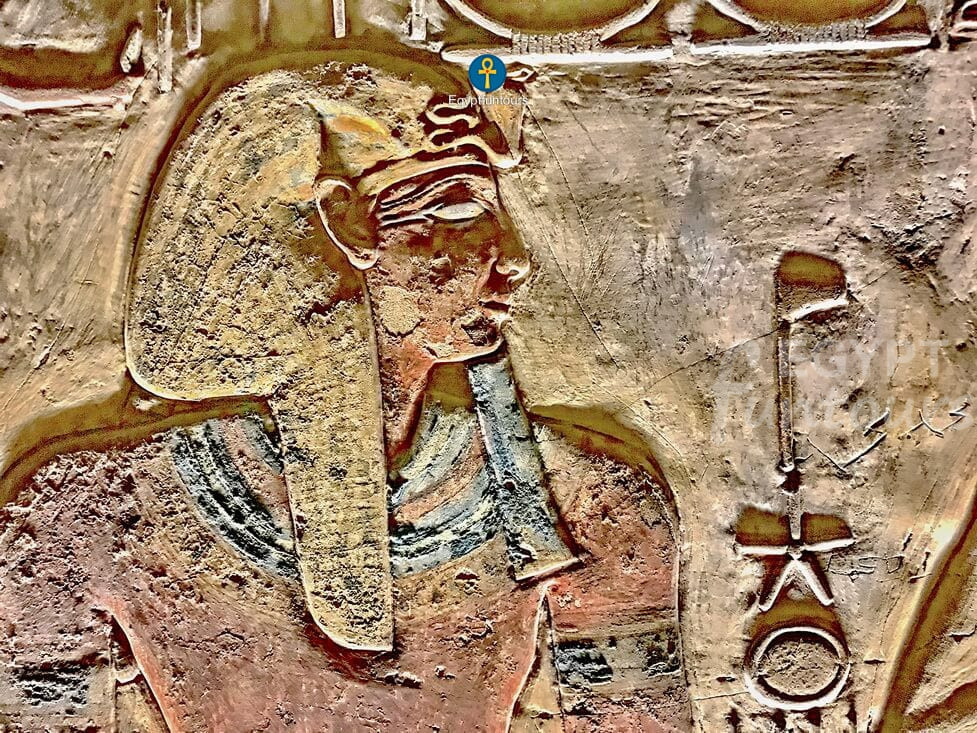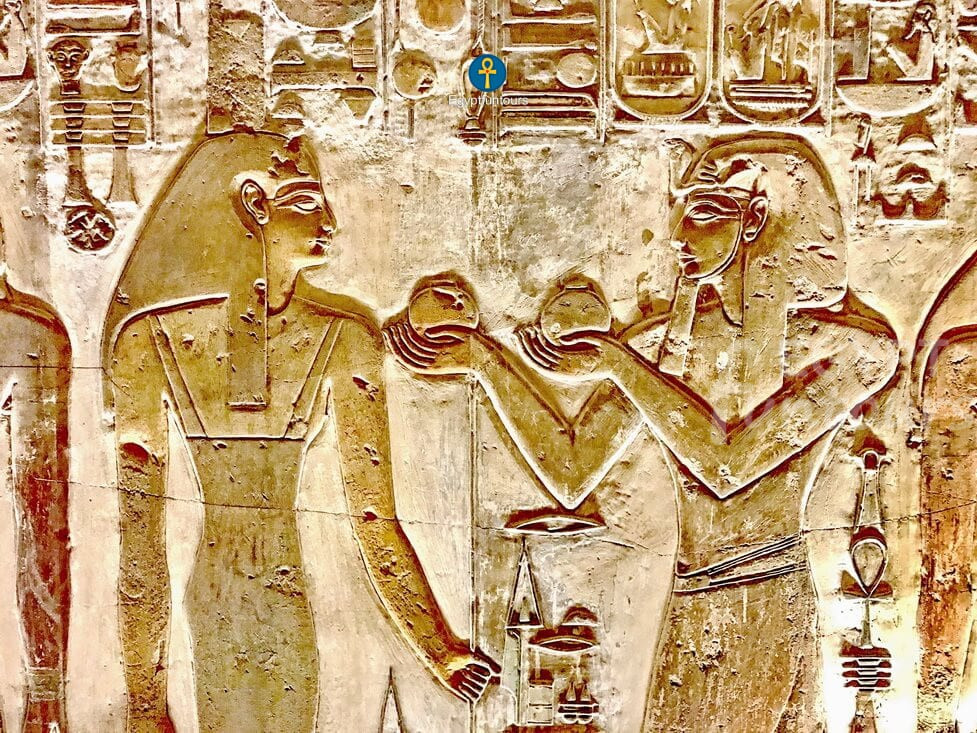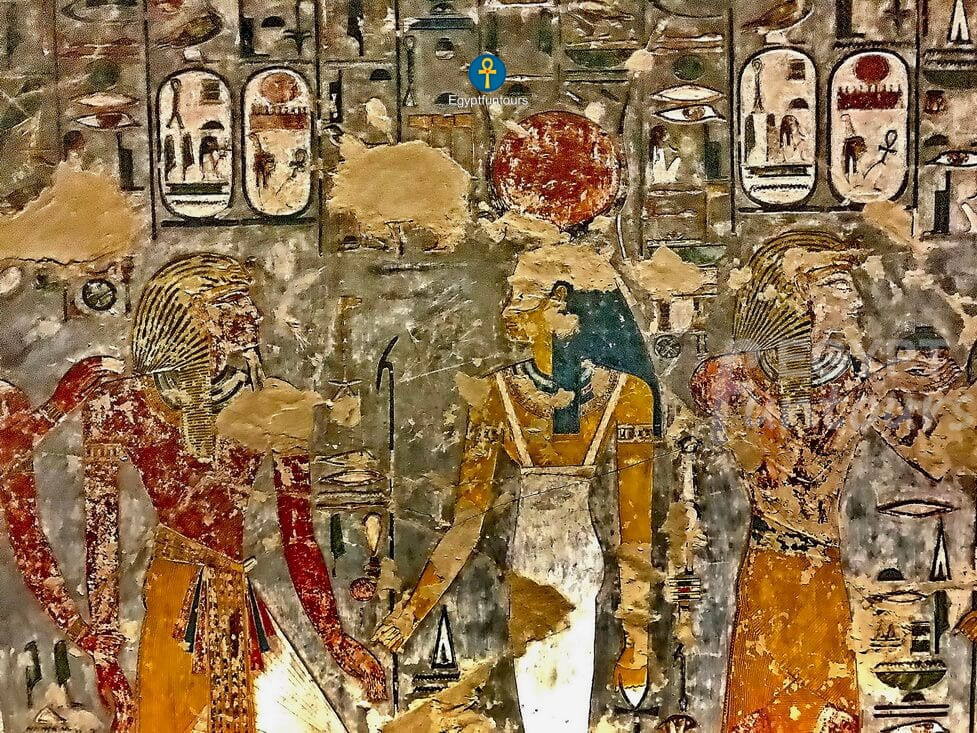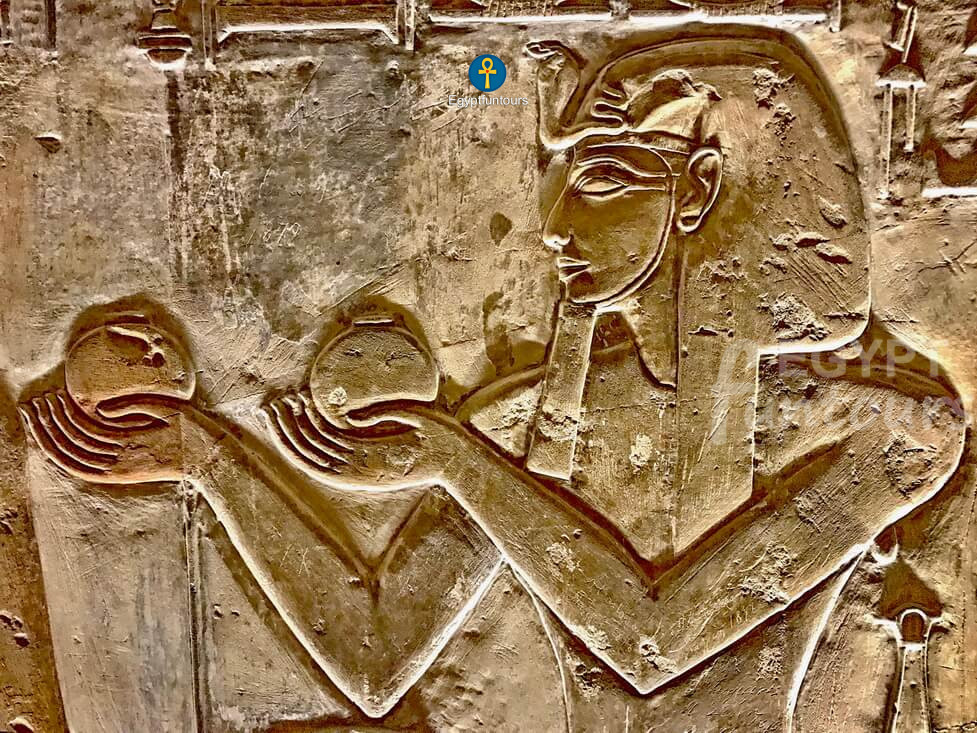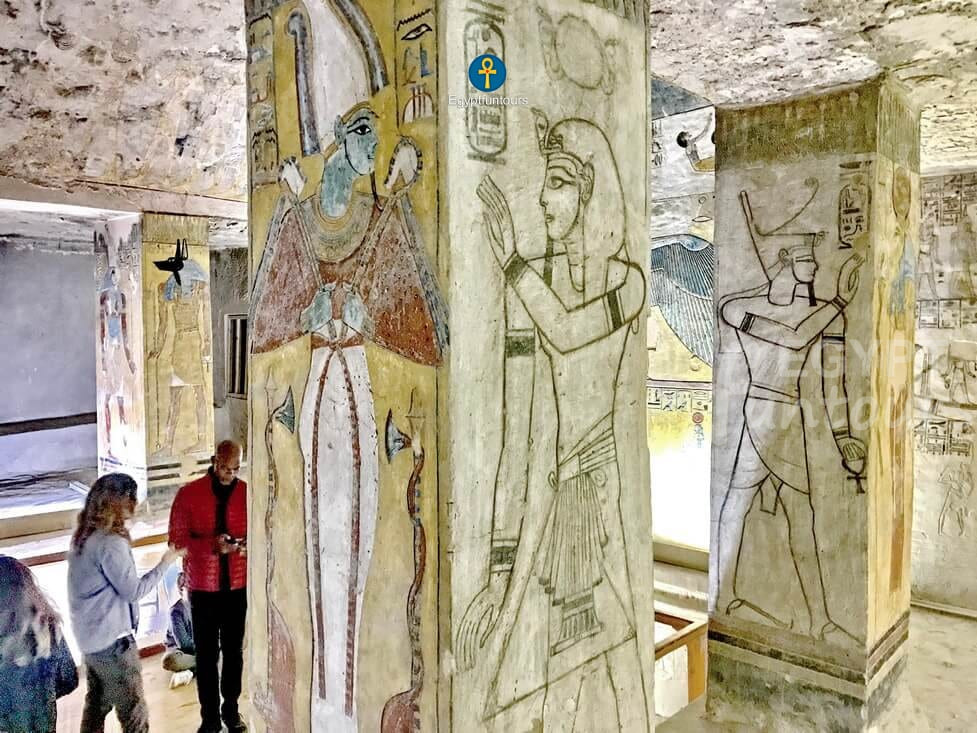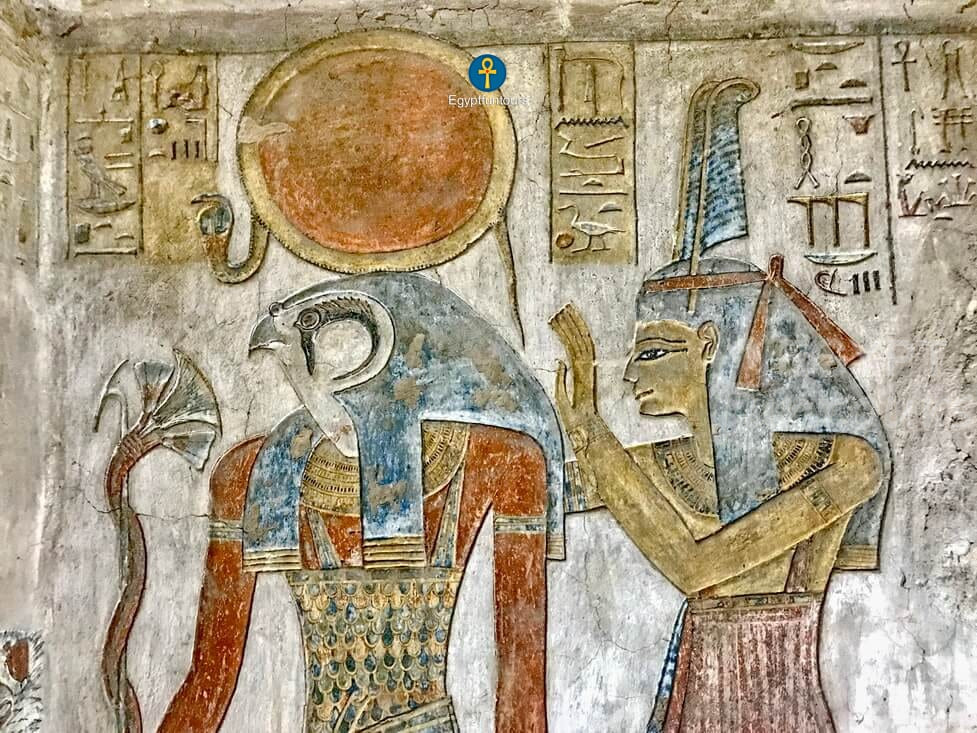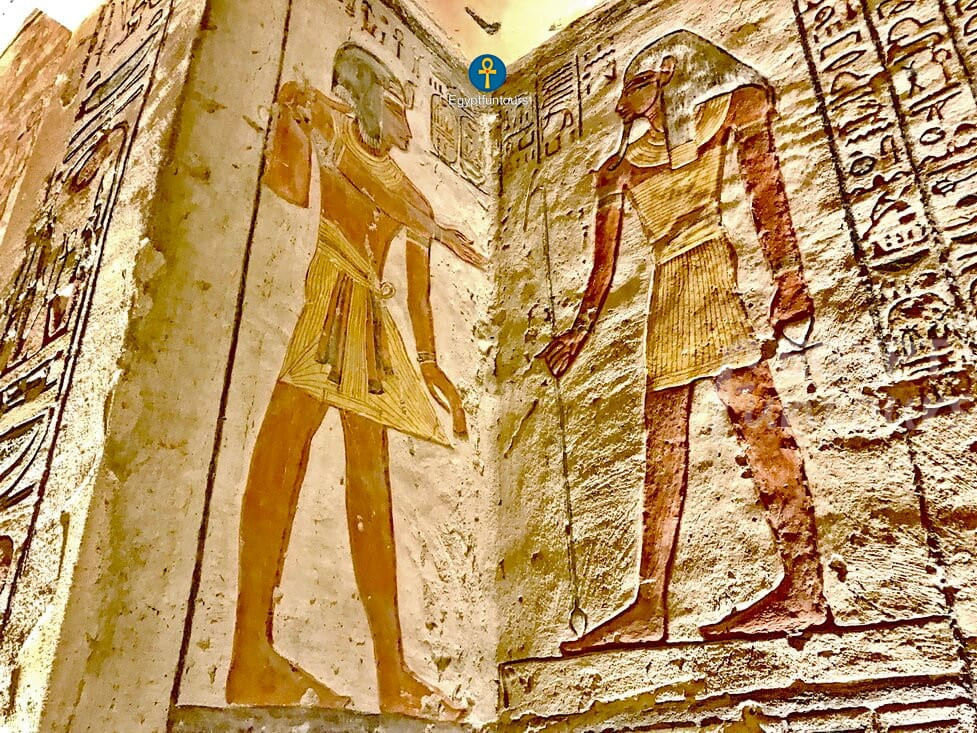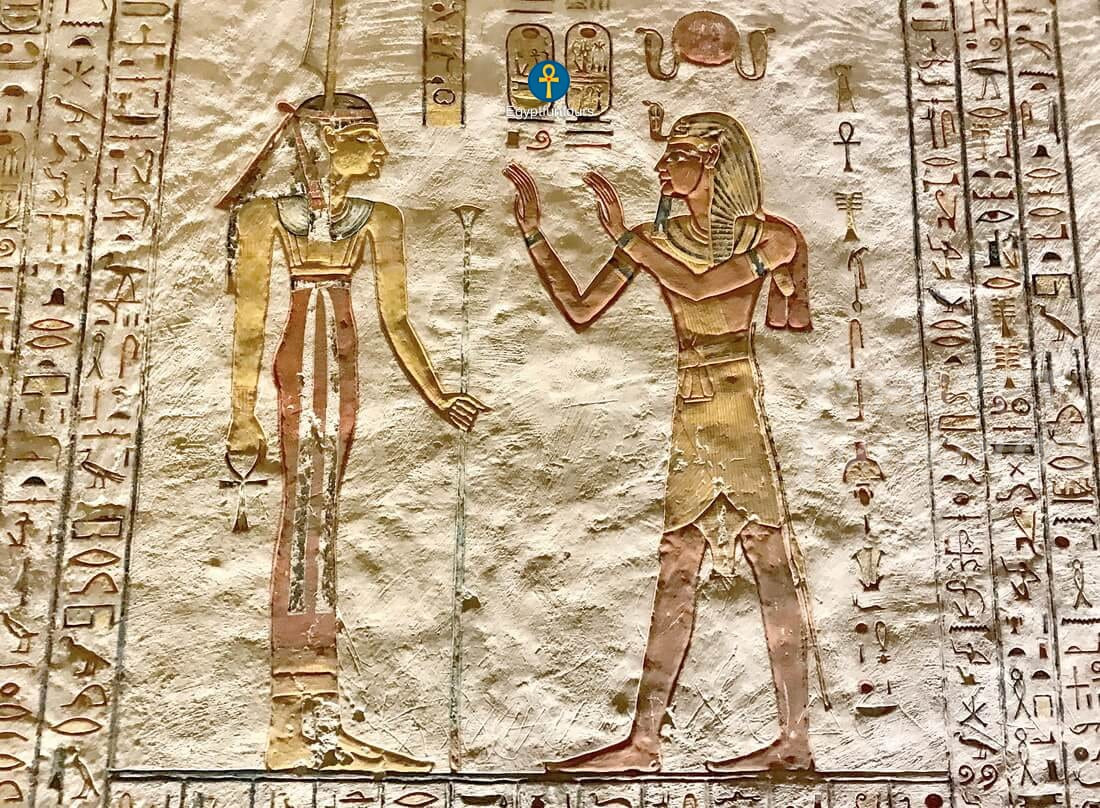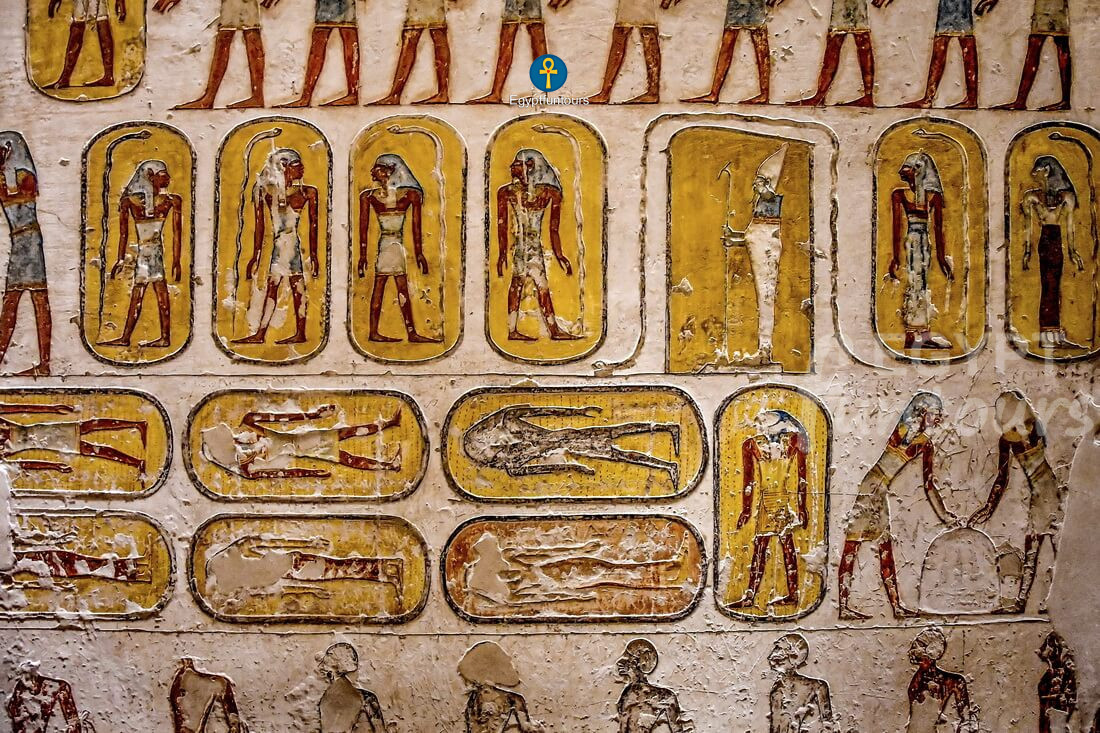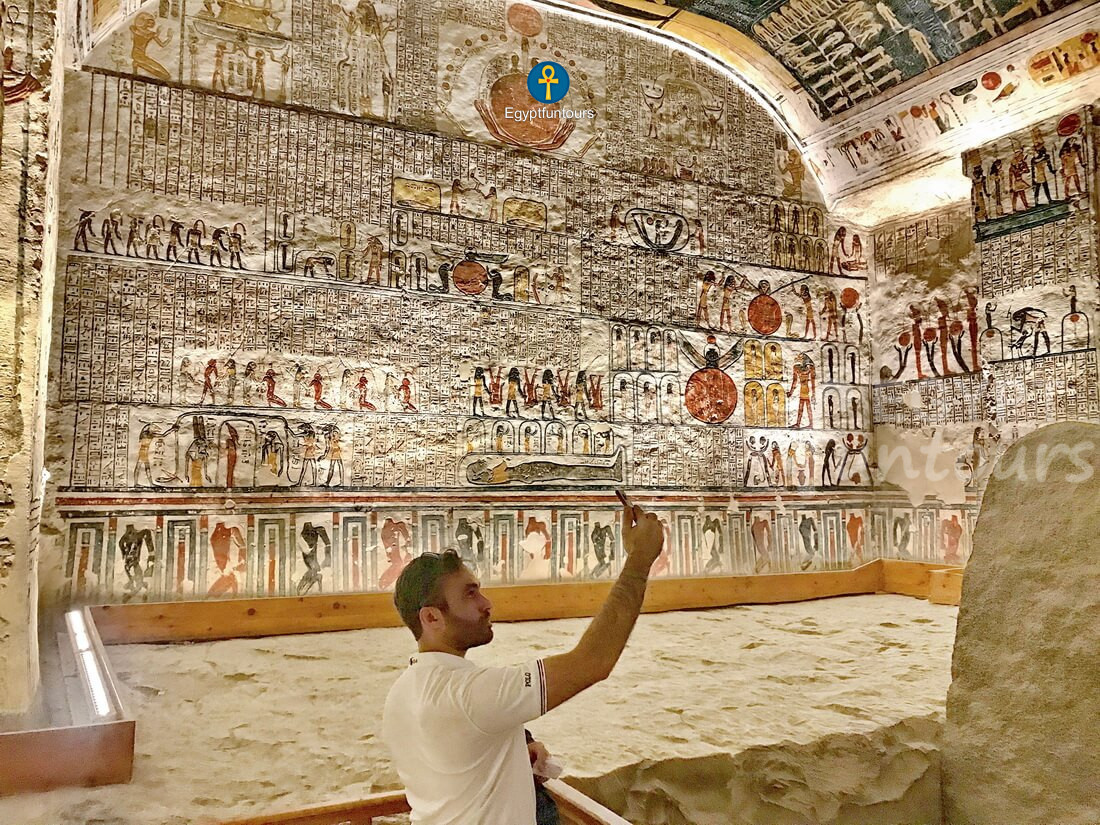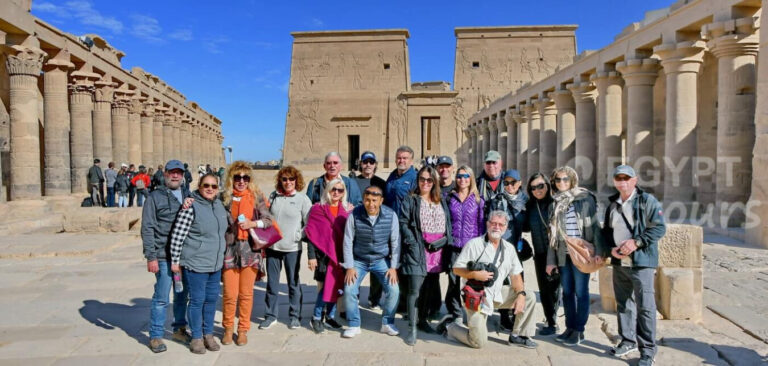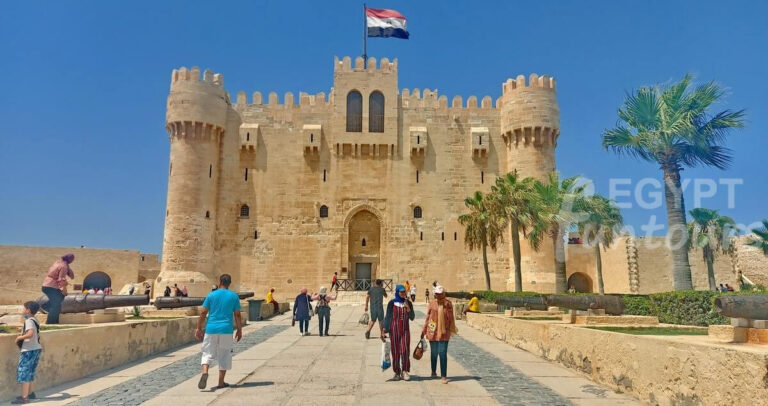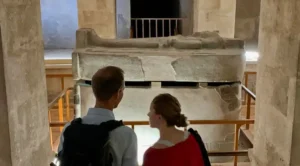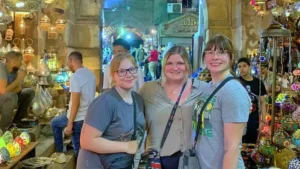This is it: the most famous burial ground on Earth. Welcome to the Valley of the Kings. For 500 years, this isolated, sun-scorched valley on the West Bank of Luxor served as Egypt’s most secret and sacred place. The greatest pharaohs of the New Kingdom (1550–1069 BC) chose this as their final resting place.
This is not a valley of pyramids built for display. It is a valley of secret, underground tombs. Builders cut them deep into the rock. They designed them to hide forever. The ancient Egyptians called it Ta-sekhet-ma’at, the “Great Field.” You can think of it as the road where the sun god, Ra, set into the afterlife.
Today, archaeologists have discovered 65 tombs in this valley. Each one is a “time machine.” It contains every treasure, text, and magical spell a king needed to conquer death and achieve a golden afterlife. A visit here is not just a walk; it’s a descent. It is the highlight of any trip to Egypt and a journey you will never forget.

